Embarking on your skateboarding journey in New Zealand? Choosing the right skateboard is essential, especially if you are just starting out. This article delves into everything you need to know about picking the best skateboard for beginners and the best skateboard for beginner adults. Whether you’re eyeing urban adventures or park skating, we’ve got you covered with practical tips, insights, and FAQs to get you rolling smoothly.
Understanding Skateboarding Basics
Before you hop on a board, understanding the basics of skateboarding helps in making informed choices. Skateboarding involves riding and performing tricks using a skateboard. For beginners, it’s crucial to start with the right equipment to enhance learning and ensure safety.
What Makes a Good Beginner Skateboard?
Choosing the best skateboard for beginners means looking for features that support stability and ease of use:
Width
The width of the skateboard deck plays a crucial role in providing stability and balance, especially for beginners who are still mastering their foot placement and control. Opting for a wider board is advisable, typically ranging from 7.5 to 8 inches.
| Skateboard Width | Description |
| 7.5 – 8 inches | Ideal for beginner stability |
Deck Material
The material of the skateboard deck influences its durability, resilience, and overall performance. For beginners, decks crafted from maple wood are highly recommended. Maple wood offers a perfect balance of strength and flexibility, ensuring longevity and providing a good pop for executing tricks.
Wheel Size
Wheel size directly impacts how smoothly the skateboard rolls and its ability to traverse various terrain types. Larger wheels are generally preferred for beginners due to their enhanced stability and ability to roll over surface irregularities with ease. Aim for wheels sized between 54 to 59 millimeters.
| Wheel Size | Description |
| 54-59 mm | Provides smooth rolling over surface irregularities |
Skateboard Types Explained
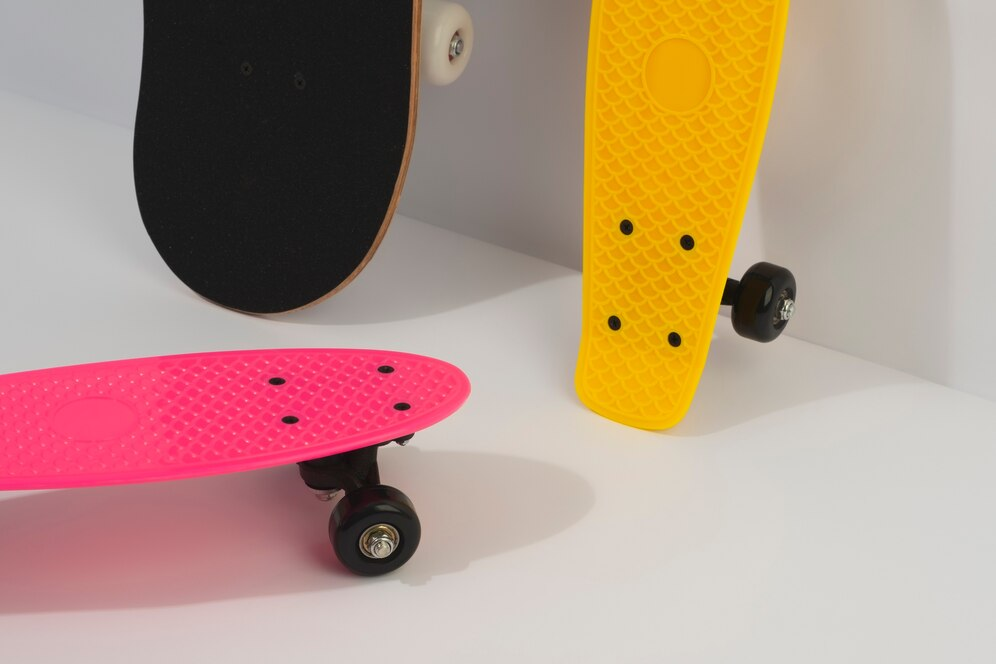
Skateboards come in various shapes and sizes, each suited to different skating styles:
Skateboards are not one-size-fits-all; they come in various shapes and sizes, each designed to cater to different skating styles and preferences. Understanding the differences between these types can help you choose the right board for your needs.
Cruisers
Cruiser skateboards are perfect for commuters and those who enjoy cruising around town. They are typically shorter and more compact than other types of skateboards, making them highly maneuverable in crowded areas. Here are some key features of cruiser skateboards:
- Deck Length: Shorter deck length, usually ranging from 28 to 32 inches.
- Shape: Often shaped like traditional skateboards but may have a slightly wider and more rounded nose for stability.
- Wheels: Larger and softer wheels provide a smoother ride over rough surfaces.
- Trucks: Generally wider trucks for better stability and control while cruising.
- Ideal Use: Ideal for commuting short distances, cruising around town, and navigating through crowded areas.
Longboards
Longboards are designed for cruising longer distances, downhill racing, and performing slides and other freestyle maneuvers. They typically offer a smoother and more stable ride than standard skateboards due to their longer wheelbase and larger wheels. Here are some features of longboards:
- Deck Length: Longer deck length, usually ranging from 32 to 60 inches or more.
- Shape: Typically characterized by a longer, narrower shape with a pointed nose and tail.
- Wheels: Larger and softer wheels for better traction and stability at high speeds.
- Trucks: Often wider trucks with reverse kingpin design for improved maneuverability and stability during downhill rides.
- Ideal Use: Ideal for cruising long distances, downhill racing, freestyle riding, and sliding.
Standard Skateboards
Standard skateboards, also known as popsicle skateboards, are the most versatile option and are commonly used for street skating, park skating, and learning basic tricks. They offer a good balance between maneuverability and stability, making them suitable for various skateboarding styles. Here are some features of standard skateboards:
- Deck Length: Moderate deck length, typically ranging from 30 to 33 inches.
- Shape: Symmetrical shape with a slightly tapered nose and tail for flip tricks.
- Wheels: Medium-sized wheels with a hardness rating suitable for street and park skating.
- Trucks: Standard-width trucks with a traditional kingpin design for all-around performance.
- Ideal Use: Ideal for street skating, park skating, vert skating, and learning basic tricks such as ollies, kickflips, and grinds.
Best Skateboards for Beginner Adults in NZ
Adult beginners venturing into skateboarding may prioritize stability and comfort to ease into the sport while minimizing the risk of injuries. When selecting a skateboard, it’s essential to consider factors such as build quality, wheel softness, and brand reputation. In New Zealand, several brands offer suitable options tailored for adult beginners, with Globe and Element standing out for their beginner-friendly models.
Stability and Comfort
For adult beginners, stability and comfort are paramount to instill confidence and facilitate skill development. Skateboards with a sturdy build and forgiving components can help reduce the risk of falls and injuries. Look for boards with:
- Sturdy Construction: Opt for skateboards crafted from durable materials such as maple wood or bamboo, known for their strength and resilience.
- Wide Decks: Choose boards with wider decks, providing ample foot space and stability for adult riders.
- Comfortable Griptape: Invest in skateboards with high-quality griptape that offers excellent traction and comfort underfoot.
Forgiving Wheels
Beginner-friendly skateboards often feature wheels with softer durometer ratings, offering enhanced shock absorption and smoother rides. Soft wheels are more forgiving on rough terrain and provide better grip, making them ideal for adult beginners navigating various surfaces. Consider skateboards with:
- Soft Urethane Wheels: Look for skateboards equipped with soft urethane wheels with durometer ratings ranging from 78A to 85A, striking a balance between grip and comfort.
- Large Diameter Wheels: Opt for wheels with larger diameters, as they roll over cracks and pebbles more easily, enhancing stability and ride quality for novice riders.
Recommended Brands
In New Zealand, several reputable brands cater to adult beginners seeking reliable and beginner-friendly skateboards. Two noteworthy brands renowned for their quality craftsmanship and beginner-oriented designs are Globe and Element:
- Globe Skateboards: Globe offers a diverse range of skateboards tailored for riders of all skill levels, including beginners. Their boards boast sturdy construction, comfortable components, and beginner-friendly designs.
- Element Skateboards: Element is another reputable brand known for its commitment to quality and innovation. Their beginner skateboard models feature durable construction, forgiving wheels, and ergonomic designs to facilitate learning and progression.
Where to Buy Skateboards in New Zealand
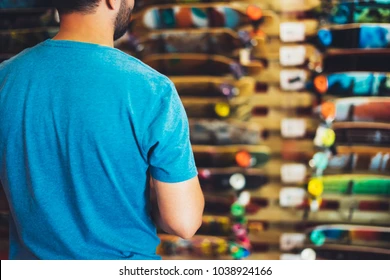
There are numerous reputable skate shops that cater to beginners and seasoned riders alike. Whether you prefer shopping in-store or online, several establishments provide a wide selection of skateboards suitable for adult beginners. Here are some notable options:
Cheapskates
Cheapskates is a well-established skate shop with multiple locations across New Zealand. Known for its extensive range of skateboarding products, Cheapskates offers beginner-friendly skateboards from leading brands. Here’s what you can expect when shopping at Cheapskates:
- Physical Stores: Visit one of Cheapskates’ brick-and-mortar stores to browse their selection of skateboards in person. Knowledgeable staff members are available to assist you in finding the perfect board for your skill level and preferences.
- Online Store: Can’t make it to a physical store? Cheapskates also operates an online store where you can conveniently browse and purchase skateboards from the comfort of your home. Enjoy hassle-free shopping and doorstep delivery across New Zealand.
Boardertown
Boardertown is another prominent skate shop in New Zealand, offering a diverse range of skateboarding equipment and apparel. Whether you’re a beginner or a seasoned rider, Boardertown has something for everyone. Here’s why Boardertown is a top choice for skateboard enthusiasts:
- Physical Stores: Explore Boardertown’s well-stocked stores located in Auckland and Christchurch. Step inside to discover a wide selection of skateboards, trucks, wheels, and more. Friendly staff members are on hand to provide expert advice and assistance.
- Online Store: Prefer shopping from home? Boardertown’s online store features a comprehensive range of skateboarding products, including beginner-friendly skateboards. Browse their website, place your order, and have your new skateboard delivered to your doorstep anywhere in New Zealand.
Backdoor
Backdoor is a reputable skate shop with a strong presence in New Zealand’s skateboarding community. With a commitment to quality and customer satisfaction, Backdoor offers a curated selection of skateboards suitable for beginners. Here’s why you should consider shopping at Backdoor:
- Physical Stores: Visit one of Backdoor’s physical stores located in key cities across New Zealand. Experience personalized service as knowledgeable staff members assist you in selecting the right skateboard for your skill level and preferences.
- Online Store: Can’t visit a physical store? Backdoor’s online store allows you to browse their extensive collection of skateboards from the comfort of your home. Enjoy the convenience of online shopping and prompt delivery services to addresses throughout New Zealand.
Essential Skateboarding Gear
In addition to the skateboard, investing in the right gear is crucial for your safety:
Helmet
A helmet is arguably the most critical piece of protective gear for skateboarders. It protects your head from impact during falls, reducing the risk of serious head injuries such as concussions or skull fractures. When choosing a helmet, look for the following features:
- Certification: Ensure the helmet meets safety standards such as ASTM F1492 or CPSC for skateboarding.
- Proper Fit: Select a helmet that fits snugly on your head without being too tight or too loose. Adjust the straps to achieve a secure and comfortable fit.
- Coverage: Opt for helmets with extended coverage to protect the sides and back of your head.
Pads
Knee and elbow pads are essential for protecting these vulnerable areas from abrasions, cuts, and impact injuries during falls or collisions. Pads provide an extra layer of cushioning and support, reducing the severity of injuries. Consider the following when choosing pads:
- Durable Construction: Look for pads made from high-quality materials such as hard plastic or impact-resistant foam for maximum protection.
- Adjustable Straps: Choose pads with adjustable straps to ensure a secure and customizable fit for different body sizes.
- Comfort: Select pads with breathable and moisture-wicking fabrics to keep you comfortable and dry during extended skate sessions.
Wrist Guards
Wrist guards are essential for protecting your wrists from fractures, sprains, and other injuries that can occur during falls. They feature a rigid splint or brace to stabilize the wrist joint and absorb impact forces. Here’s what to consider when purchasing wrist guards:
- Impact Protection: Look for wrist guards with built-in impact-absorbing padding to cushion the wrists and reduce the risk of injury.
- Flexibility: Choose wrist guards that allow for a full range of motion while providing adequate support and protection.
- Secure Closure: Opt for wrist guards with adjustable straps or closures to ensure a snug and secure fit that won’t slip or shift during use.
Learning to Skateboard: Tips for Beginners
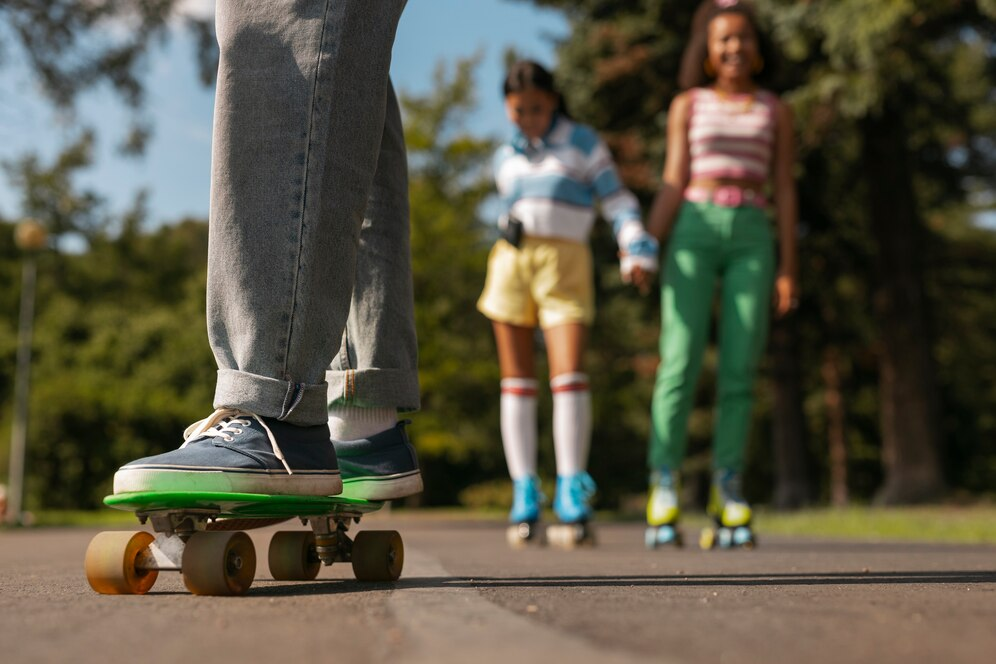
Getting started with skateboarding involves more than just pushing off. Here are some tips:
Start on Flat, Smooth Surfaces
When learning to skateboard, it’s crucial to begin on flat, smooth surfaces to build confidence and master basic skills before tackling more challenging terrain. Here’s why flat surfaces are ideal for beginners:
- Stability: Flat surfaces provide stability and minimize the risk of unexpected obstacles or terrain changes that could cause falls.
- Control: Practicing on flat ground allows beginners to focus on developing balance, pushing techniques, and maneuvering the skateboard without distractions.
- Safety: Avoiding hills and uneven surfaces reduces the likelihood of losing control and sustaining injuries, especially during the early stages of learning.
Practice Falling
Learning how to fall safely is an essential skill for skateboarders of all levels, but it’s particularly crucial for beginners who are more prone to accidents. Here’s why practicing falling is important:
- Reduce Injury Risk: Knowing how to fall correctly can help mitigate the impact and reduce the risk of serious injuries such as sprains, fractures, or concussions.
- Build Confidence: By familiarizing yourself with the mechanics of falling and how to recover safely, you’ll feel more confident pushing the boundaries of your skills without fear of injury.
- Technique Improvement: Understanding how falls occur can provide valuable insights into improving your balance, control, and reaction time on the skateboard.
Consider Professional Lessons
While learning to skateboard independently is possible, taking professional lessons can accelerate your progress and help you avoid developing bad habits. Here are the benefits of professional skateboarding lessons:
- Expert Guidance: Professional instructors have the knowledge and experience to teach proper skateboarding techniques, from basic fundamentals to advanced maneuvers.
- Structured Learning: Lessons are typically structured to cater to beginners’ needs, gradually building skills and confidence in a safe and supportive environment.
- Feedback and Correction: Instructors can provide real-time feedback and correction, helping you identify and correct mistakes more efficiently than self-learning.
Maintaining Your Skateboard
Regular maintenance keeps your skateboard in top condition and extends its lifespan:
Cleaning
Regular cleaning helps remove dirt, debris, and grime that can accumulate on your skateboard, affecting its performance and longevity. Here’s how to effectively clean your skateboard:
- Deck: Use a damp cloth or sponge to wipe down the deck, removing dirt and stains. For stubborn stains, mild soap and water can be used, but avoid soaking the deck to prevent warping.
- Bearings: Clean the bearings using a bearing cleaner solution or isopropyl alcohol. Remove the bearings from the wheels, soak them in the cleaner, and spin them to remove dirt and debris. Once clean, dry the bearings thoroughly before reassembling.
- Hardware: Wipe down the truck hardware (nuts, bolts, and washers) with a clean cloth to remove any dirt or rust buildup. Ensure all hardware is tightened securely to prevent loosening during skating.
Tightening
Regularly checking and tightening the trucks is essential for maintaining stability and control while skating. Loose trucks can affect maneuverability and increase the risk of wheel bite. Here’s how to tighten your skateboard trucks:
- Use a Skate Tool: Invest in a skate tool, which typically includes a wrench for tightening the kingpin nut on the trucks. Check the tightness of the kingpin nut regularly and adjust as needed to achieve your desired level of stability.
- Even Tightness: Ensure that both trucks are tightened evenly to maintain balance and prevent uneven wear on the wheels. Avoid over-tightening, as this can restrict maneuverability and cause premature bushing wear.
Wheel Rotation
Rotating your wheels regularly helps promote even wear and extends the lifespan of your skateboard wheels. Uneven wear can lead to decreased performance and instability while skating. Here’s how to rotate your skateboard wheels:
- Front to Back Rotation: Remove the wheels from the trucks and swap the positions of the front and back wheels. This ensures that each wheel experiences the same amount of wear over time.
- Flip Rotation: For wheels with conical or asymmetrical profiles, consider flipping them to promote even wear on both sides. This can help maintain consistent performance and prevent flat spots.
Skateboarding Laws and Safety in New Zealand
Familiarize yourself with local laws regarding skateboarding to avoid fines and ensure safety:
Helmet Laws
In certain areas of New Zealand, wearing a helmet while skateboarding is mandatory by law. These laws are in place to protect skateboarders from head injuries in the event of falls or collisions. Here’s what you need to know about helmet laws:
- Mandatory Helmet Zones: Some regions, cities, or skate parks may have designated areas where wearing a helmet is compulsory for all skateboarders.
- Helmet Standards: Ensure that your helmet meets the required safety standards, such as AS/NZS 2063, to provide adequate protection in case of accidents.
- Enforcement: Local authorities may enforce helmet laws through fines or penalties for non-compliance. Always wear a helmet when skateboarding in areas where helmet laws are in effect to avoid legal consequences.
Public Spaces
While skateboarding is generally permitted in many public spaces in New Zealand, some areas may have restrictions or regulations governing skateboarding activities. Understanding these regulations can help you skate responsibly and avoid conflicts with authorities. Here’s what you need to know about skateboarding in public spaces:
- Restricted Areas: Some public areas, such as pedestrian zones, shopping districts, or heritage sites, may have restrictions on skateboarding to ensure pedestrian safety and protect property.
- Designated Skate Parks: Utilize designated skate parks and skateboarding facilities whenever possible, as they are specifically designed for skating activities and provide a safer environment for riders.
- Respect Local Rules: Be mindful of signage or notices indicating skateboarding regulations in specific areas. Respect any restrictions or guidelines to maintain positive relationships with local communities and authorities.
Advancing Your Skateboarding Skills
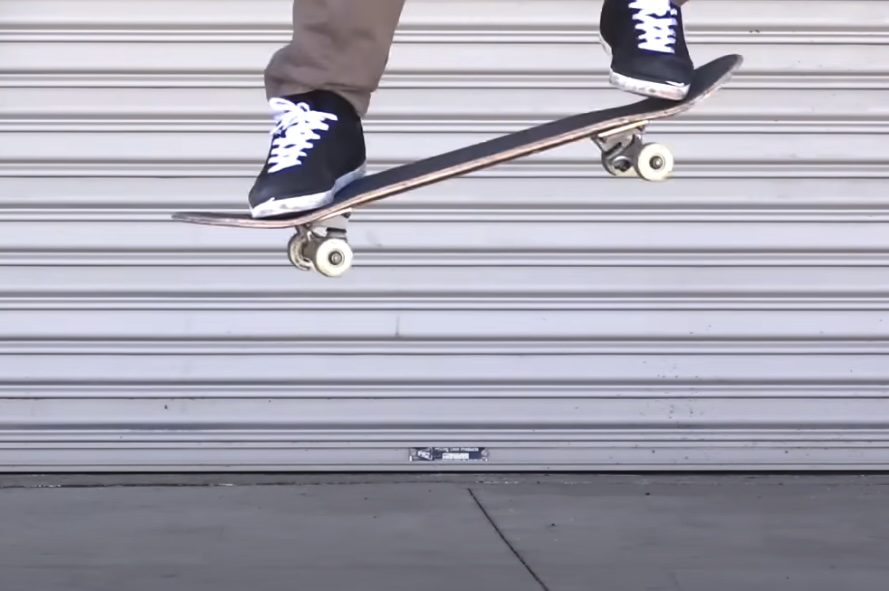
Once you’ve mastered the basics of skateboarding and feel comfortable riding your board, you may be eager to progress to the next level by learning new tricks and techniques. Advancing your skateboarding skills involves practice, patience, and dedication to mastering various maneuvers. Here are some key tricks to consider learning as you progress in your skateboarding journey:
Ollie
The ollie is often the first trick that aspiring skateboarders learn, as it forms the foundation for many other tricks. Mastering the ollie allows you to jump with your skateboard while in motion, opening the door to more advanced aerial maneuvers. Here’s a breakdown of the ollie technique:
- Foot Placement: Position your back foot on the tail of the skateboard and your front foot near the middle of the deck.
- Pop: Use your back foot to pop the tail of the board down against the ground, generating upward momentum.
- Slide: Simultaneously slide your front foot forward and upward towards the nose of the skateboard, leveling it out in the air.
- Land: Bring your feet back over the bolts and absorb the impact as you land, maintaining balance and control.
Kickturn
The Kickturn is a fundamental maneuver that allows you to change direction while riding by turning on the rear wheels while balancing on the tail of the skateboard. Mastering the Kickturn is essential for navigating obstacles, carving, and exploring different lines. Here’s how to perform a Kickturn:
- Foot Placement: Place your back foot on the tail of the skateboard and your front foot near the middle or front bolts.
- Shift Weight: Shift your weight towards the tail of the skateboard, lifting the front wheels off the ground.
- Turn: Use your back foot to initiate the turn by applying pressure to the tail and guiding the direction with your shoulders.
- Balance: Maintain balance and control as you pivot on the rear wheels, keeping your weight centered over the board.
- Return: Once you’ve completed the turn, lower the front wheels back to the ground and resume riding in the new direction.
Conclusion
Selecting the best skateboard for beginners doesn’t have to be a daunting task. With the right information and a bit of practice, you can make an informed choice and enjoy the exciting world of skateboarding in New Zealand. Whether you’re looking for the best skateboard for beginners or specifically for beginner adults, start with these tips and tailor your choice to your skateboarding aspirations.
FAQ
A1: Prices vary, but you can expect to spend anywhere from NZ$100 to NZ$250 for a quality beginner skateboard.
A2: Electric skateboards can be fun, but it’s better to learn on a regular skateboard to develop balance and control first.
A3: It depends on your practice frequency, but most people can learn basic skills within a few months.
A4: Yes, skateboarding is an excellent cardiovascular and balance-improving activity that burns calories and builds muscle.
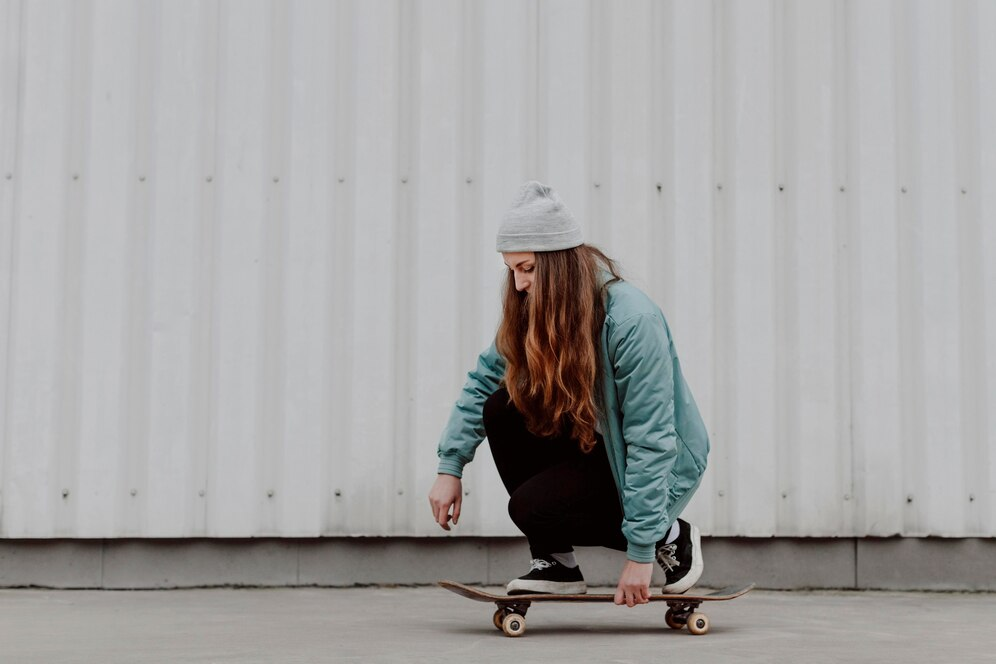



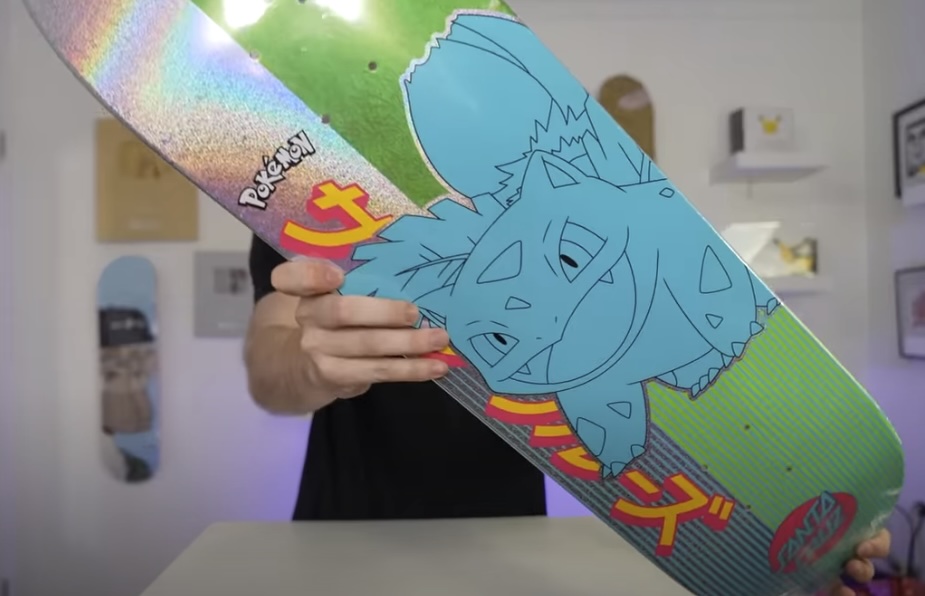
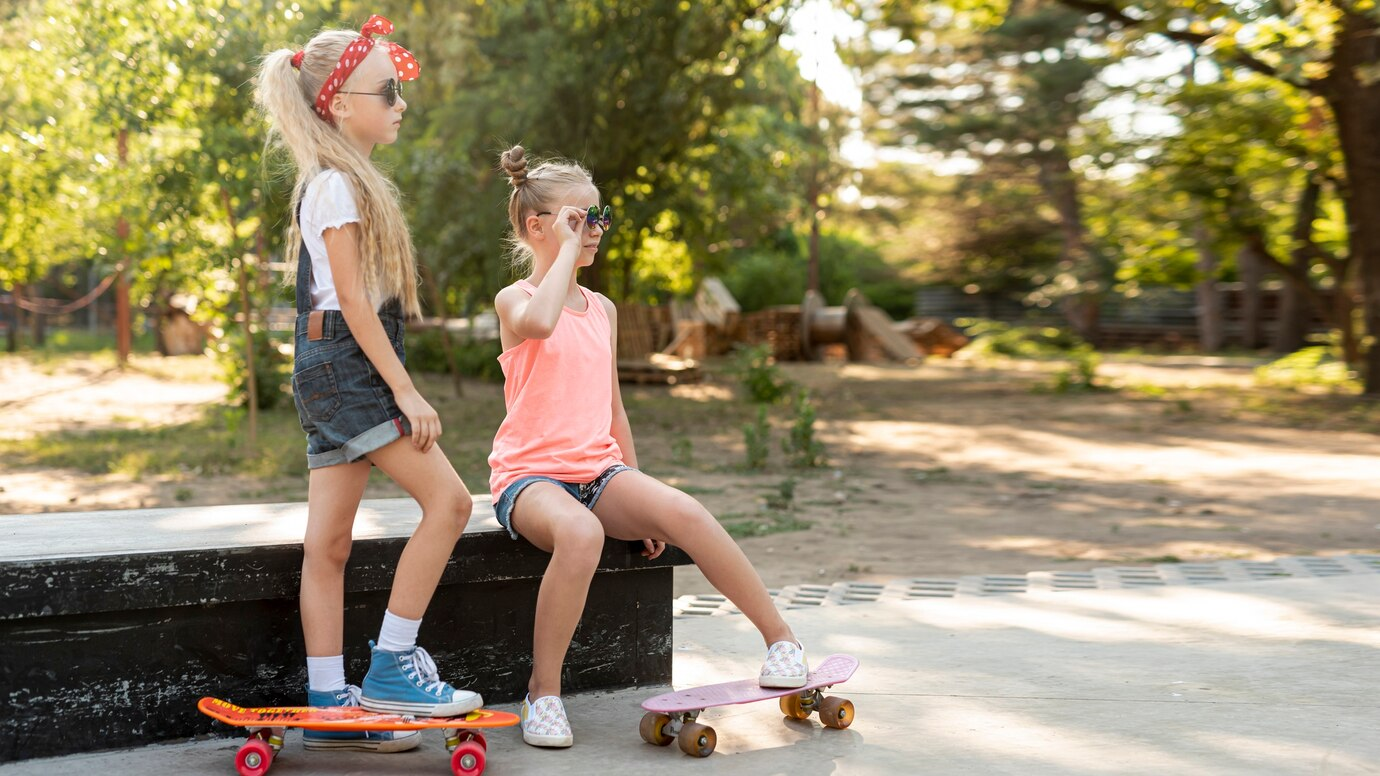
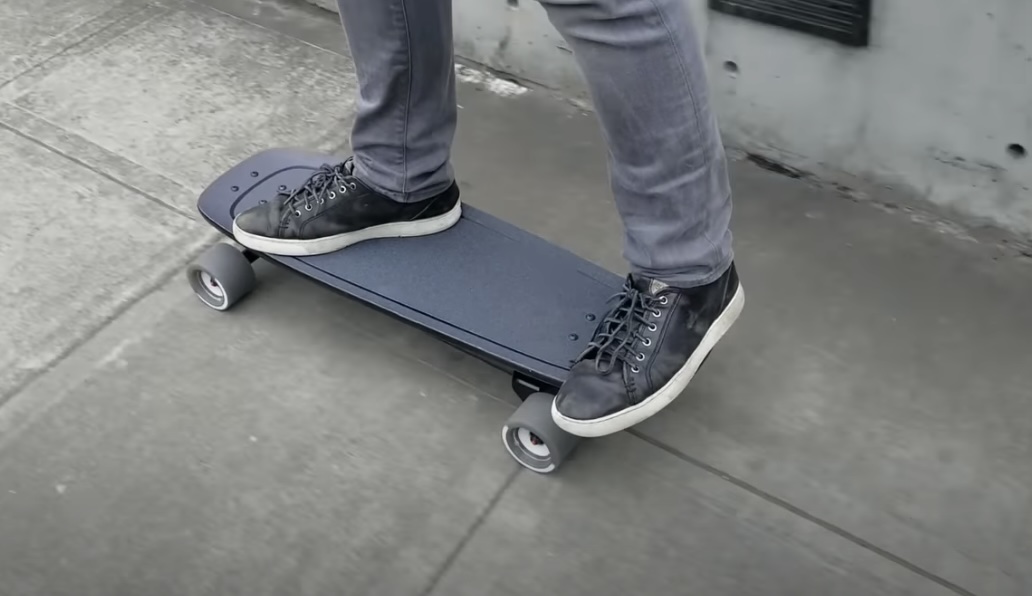
Leave a Reply